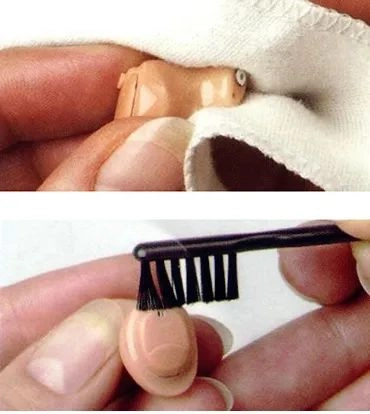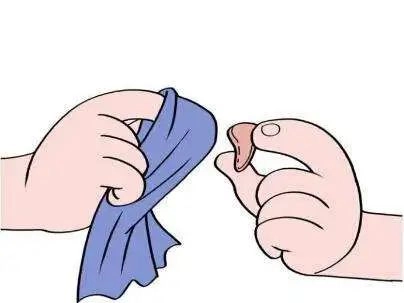
Hearing aids are delicate electronic devices that can be damaged by moisture, dust, sweat corrosion, or falls. No matter how much your hearing costs or what type it is, daily maintenance is crucial. While some professional repairs require contacting the manufacturer or audiologist, users can extend the life of their hearing aids through simple. Here are the 3 most common problems with hearing aids, and the corresponding cleaning and maintenance tips:
01.Earwax blockage
Earwax is the “number one enemy” of hearing aids and the most common issue in repairs. earwax is a normal secretion of the ear, excessive buildup can block hearing aid components (such as microphones, receivers) and even cause malfunctions. Additionally, from the ear canal may also enter the hearing aid interior, condensing and adhering to the precision parts.

What you can do:
- Clean your hearing aids every morning
• Wipe the surface with a dry, soft cloth, careful to avoid the microphone opening (to avoid pushing debris into the interior).
• Choose morning cleaning because earwax is drier then, making it easier to remove
• Do not use wet wipes containing lotion, aloe, as they may leave chemical residues. - Clean your earmold regularly
If your hearing aid comes with an earmold (like BTE hearing aids), use the small tool provided to clear earwax buildup inside the earmold. • If the earmold becomes hard or yellowed, it’s advisable to contact your audiologist to replace it.
02.Moisture Damage
Water, sweat, or humid air can all cause your hearing aid to short-circuit or rust. your hearing aid accidentally falls into water, immediately remove the battery and contact your audiologist!

Daily moisture protection tips:
- Take out your hearing aids before taking shower
• Make it a habit: Place your hearing aids in a dry and safe place before showering, swimming, or washing your face.
• Avoid bringing your hearing aids the bathroom to prevent them from falling into the sink or toilet. - Deal with moisture in the ear canal
• Moist and warm air from the ear canal may the ear mold and condense into water droplets when it cools.
• If you find moisture in the ear canal, gently dry it with a blowing tool (like apipe) after removing the ear mold. - Nighttime drying maintenance
• Open the battery door every night before going to bed to let your hearing aids ventilate. • Place your hearing aids in a dedicated drying box (with regularly replaced desiccant), which can not only prevent moisture but also safely store them
03.Physical damage
Hearing aids are fragile and can be easily damaged by dropping or pressing, especially when children or pets accidentally touch them.
Protection tips:
- Store properly when not in use
• After taking off the hearing aid, put it into a dedicated box or drying box immediately, avoiding the risk of placing it on a desk, bed, etc.
• If there are children or pets in the house, it is recommended to lock it in a drawer. - Repair damage in time
• Case cracking: Stop wearing it to avoid sharp edges scratching the ear, and contact the audiologist as soon as possible.
• Ear tube cracking: Even slight cracks can affect sound quality, and it needs to be replaced immediately.
• Parts falling off: If small parts such as screws or earmolds fall off, keep all the pieces and send them for repair.
Maintenance key steps
- Daily cleaning: Wipe with a dry cloth in the morning, focusing on the areas where earwax comes into contact.
- Daily moisture prevention: Open the battery compartment before bedtime and place it in a dry box.
- Safe storage: Lock it in a box when not in use, from water and high places.
- Regular inspection: Contact the audiologist every 3-6 months to check the status of the hearing aid.
With just a little maintenance, your hearing aids can sound clearer, last longer, and keep you enjoying the world of sound for longer!







